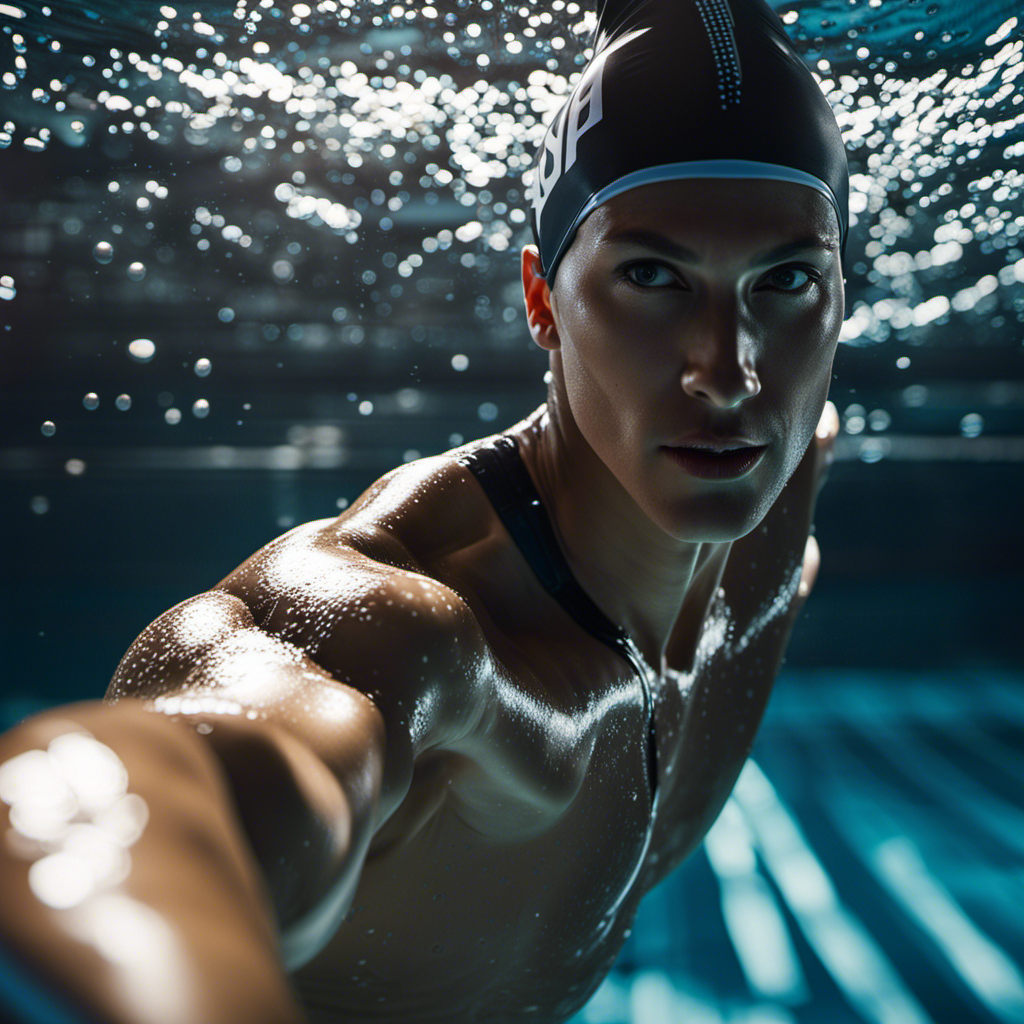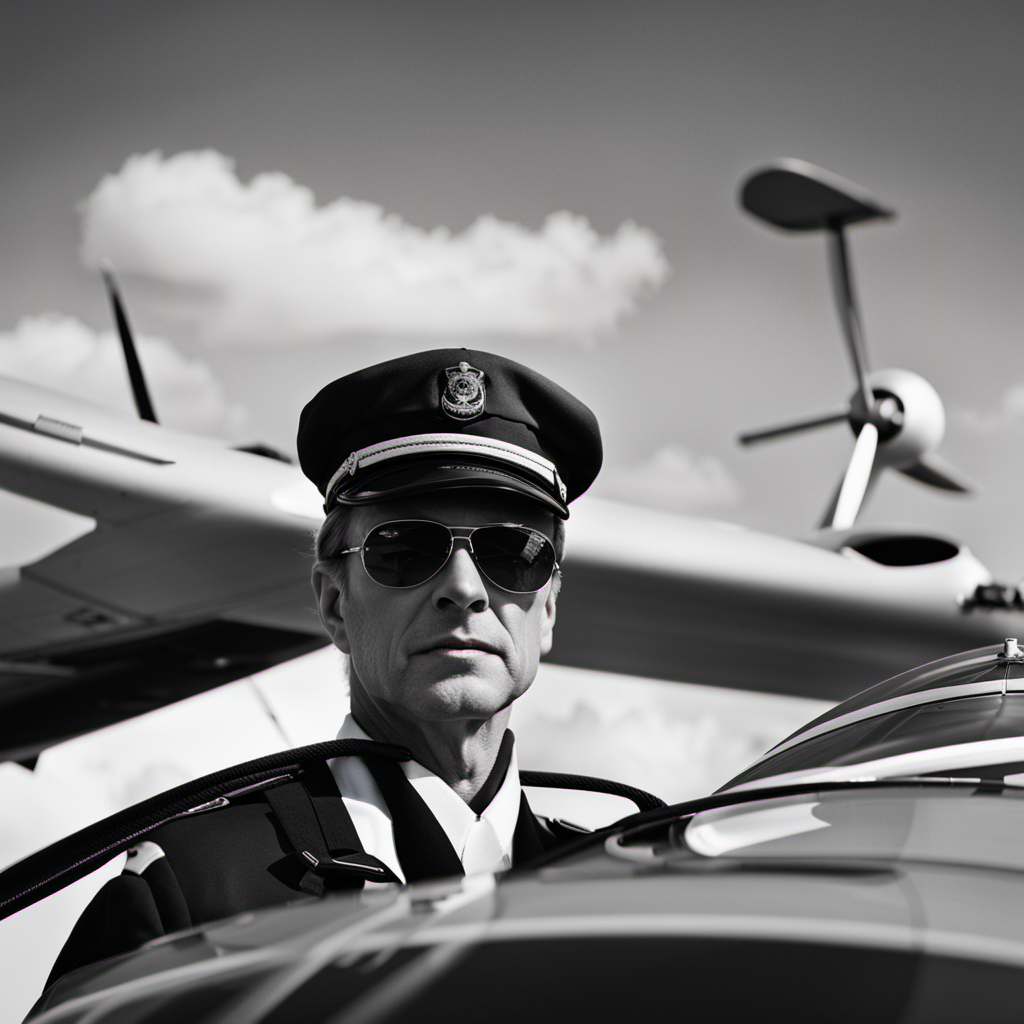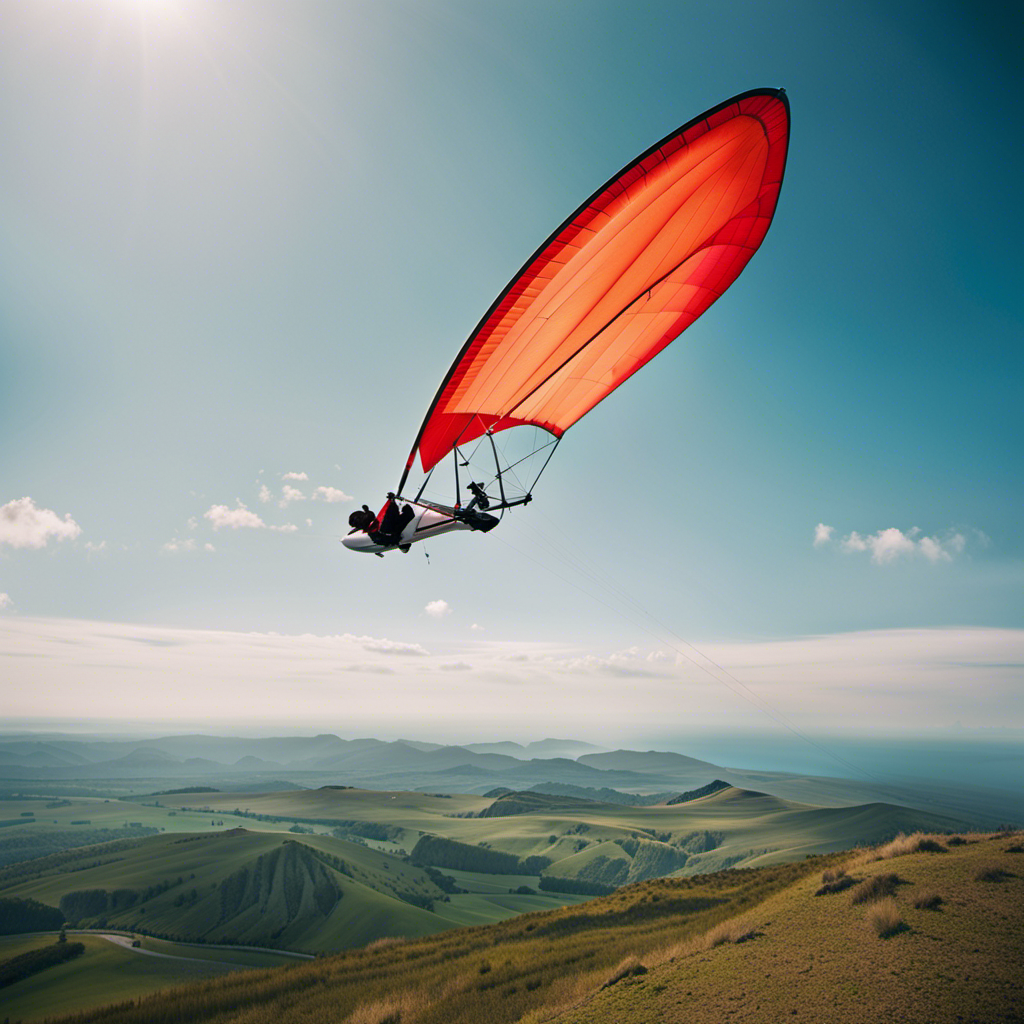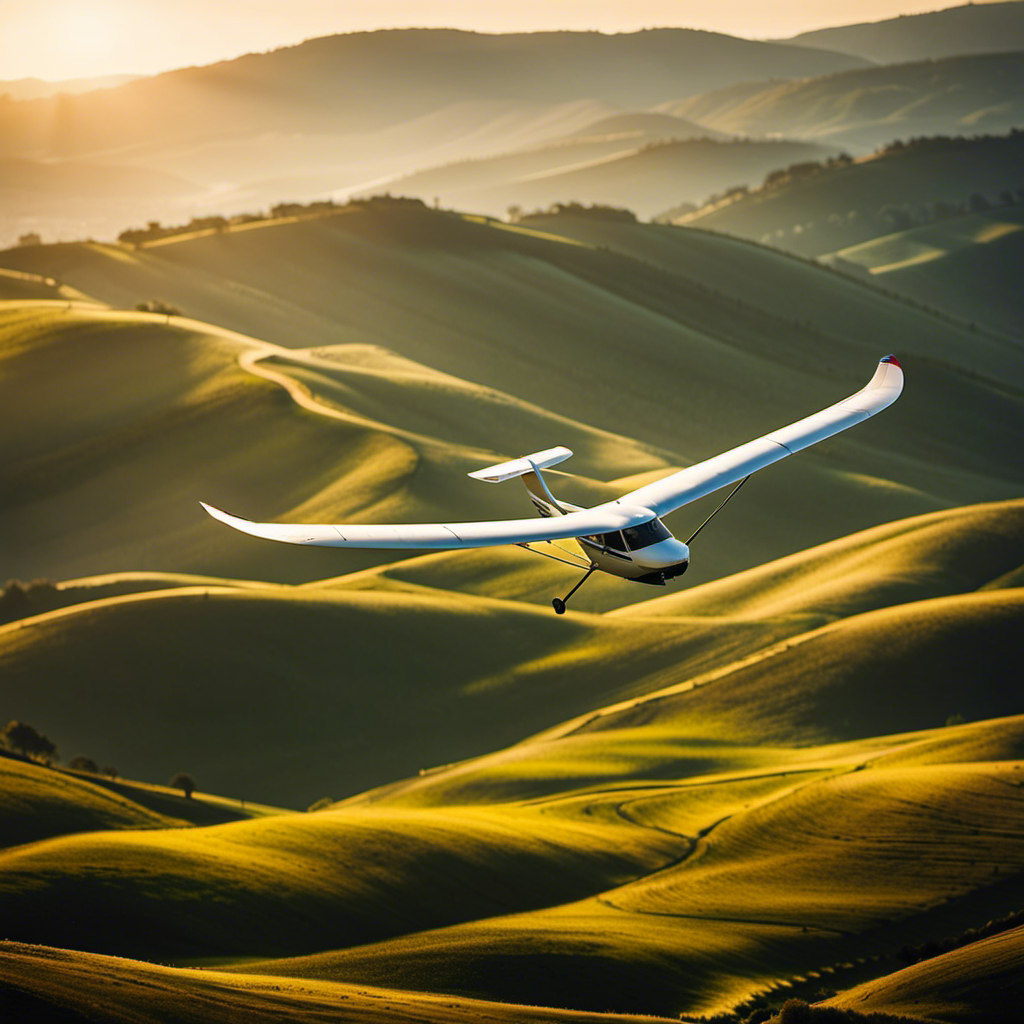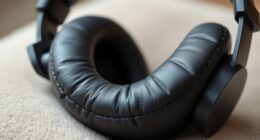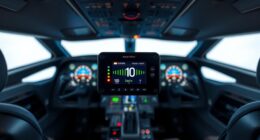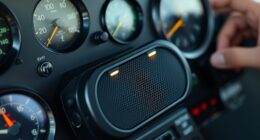Are you eager to increase your gliding speed? If so, you’re in the right place! In this article, I will reveal a selection of proven methods that can assist you in enhancing your gliding pace.
From finding the right skates to mastering your balance and posture, we’ll cover it all.
By improving your push-off technique, increasing your leg strength, and practicing proper edge control, you’ll be zooming past your competition in no time.
So, let’s dive in and discover how you can glide faster!
Key Takeaways
- Crossovers enhance speed and efficiency while gliding.
- Initiating crossovers by shifting weight onto the outside foot allows for tighter turns.
- Switching weight onto the inside foot and crossing the outside foot over helps maintain a smooth motion.
- Regular practice and building endurance improve gliding technique and speed.
Find the Right Skates for You
If you’re looking to glide faster, it’s important to find the right skates for you. Choosing the right skates can significantly impact your speed and performance on the ice. When selecting skates, consider factors such as your skill level, foot shape, and intended use.
A good fit is crucial as it ensures proper balance and control. Additionally, proper maintenance of skates is vital for optimal performance. Regularly sharpening the blades and checking for any wear and tear can help you maintain speed and glide effortlessly. Taking care of your skates will not only prolong their lifespan but also enhance your overall experience on the ice.
Now that you have the right skates, let’s move on to mastering your balance and posture.
Master Your Balance and Posture
To improve your gliding speed, focus on mastering your balance and posture. Improving core stability and enhancing body alignment are key factors in achieving this.
Your core muscles, including the abdominals and lower back, play a crucial role in maintaining balance while gliding. Strengthening these muscles through exercises like planks and bridges can greatly improve your stability on the skates.
Additionally, proper body alignment is essential for efficient gliding. Keep your head up, shoulders back, and hips centered over your feet. This alignment minimizes resistance and maximizes your ability to glide smoothly.
By practicing and perfecting your balance and posture, you’ll be well on your way to faster gliding speeds.
Now, let’s move on to improving your push-off technique.
Improve Your Push-Off Technique
Focus on perfecting your push-off technique by using your leg muscles to generate power and propel yourself forward. To improve your speed and reduce drag, here are three key tips:
-
Engage your glutes: Squeezing your glute muscles during the push-off phase will provide a powerful boost and increase your forward momentum.
-
Maintain a streamlined body position: Keep your body aligned and your head in line with your spine. This minimizes resistance and reduces drag, allowing you to glide through the water more efficiently.
-
Practice ankle flexibility: Flexibility in your ankles enables a stronger push-off. Work on ankle mobility exercises to increase your range of motion and maximize the force you can generate.
By implementing these techniques, you’ll be able to improve your speed and reduce drag in the water.
Now, let’s explore how you can increase your leg strength and flexibility for an even better performance.
Increase Your Leg Strength and Flexibility
Increasing leg strength and flexibility can significantly enhance your swimming performance. To glide faster in the water, it is essential to focus on leg exercises that target the muscles used for propulsion. Incorporating exercises such as squats, lunges, and calf raises into your training routine can help develop the necessary power and endurance in your legs.
Additionally, stretching routines that specifically target the muscles involved in skating can improve flexibility and range of motion, allowing for more efficient movements in the water. By strengthening and stretching your legs, you can improve your overall swimming technique and maximize the distance covered with each stroke.
Now, let’s dive into the next section and explore how to practice proper edge control in order to further enhance your swimming performance.
Practice Proper Edge Control
Practicing proper edge control while swimming can greatly improve your overall technique and performance in the water. When it comes to improving edge control, there are a few key strategies to incorporate into your swimming routine:
-
Focus on body positioning: Maintaining a streamlined body position is essential for effective edge control. Keep your body straight and aligned, with your head in line with your spine.
-
Use your core muscles: Engaging your core muscles will help stabilize your body in the water and improve your ability to maintain a strong edge.
-
Pay attention to your hand placement: Proper hand placement is crucial for maintaining a solid edge. Make sure your palms are facing downward and your fingertips are pointed towards the bottom of the pool.
-
Practice kicking techniques: Strong and controlled kicks can help you maintain balance and control while swimming on your edge.
By incorporating these strategies into your swimming routine, you can improve your edge control and enhance your overall performance in the water.
Now, let’s explore how to use your arms and upper body for momentum.
Use Your Arms and Upper Body for Momentum
Transition: Now that you have practiced proper edge control, let’s focus on another technique that can help you glide faster – utilizing your arms and upper body for momentum.
Current Subtopic: Use Your Arms and Upper Body for Momentum
When it comes to gliding faster, it’s not just about the legs. Your upper body plays a crucial role in maintaining balance and generating momentum. By engaging your arms in the skating motion, you can enhance your speed and efficiency on the ice.
Proper arm positioning is key for effective gliding. Keep your elbows relaxed and bent at approximately 90 degrees. As you push off with your legs, extend your arms forward, allowing them to follow the natural flow of your stride. This synchronized movement of the arms and legs helps propel you forward with greater force.
Learn to Glide with Long, Powerful Strides
To achieve longer and more powerful strides while gliding, focus on maintaining a relaxed and fluid motion in your upper body. This will improve gliding efficiency and allow you to generate more momentum. Here are three key tips to help you glide with longer, more powerful strides:
-
Proper Foot Placement: Make sure to land with your foot directly under your body, rather than reaching out in front of you. This allows for a more efficient transfer of energy and helps propel you forward.
-
Engage Your Core: Keep your core muscles engaged and your torso upright. This promotes stability and helps you maintain balance while gliding, allowing for smoother and more powerful strides.
-
Arm Swing: Coordinate your arm swing with your leg movements. As one leg extends forward, swing the opposite arm forward to create a counterbalance and generate additional power.
By implementing these techniques, you can improve your gliding efficiency and achieve longer, more powerful strides.
Now, let’s delve into another technique that can further enhance your speed and efficiency: utilizing crossovers.
Utilize Crossovers for Speed and Efficiency
Using crossovers can enhance your speed and efficiency while gliding. These techniques involve crossing one foot over the other during turns and corners. By doing so, you maintain your momentum and minimize the loss of speed.
When approaching a corner, initiate the crossover by shifting your weight onto the outside foot and crossing the inside foot over. This allows you to maintain a tighter turn while keeping your speed.
As you come out of the corner, switch the weight onto the inside foot and cross the outside foot over. This continuous motion helps you maintain a smooth and fluid motion, preventing any sudden stops or jerks.
Maintain a Smooth and Fluid Motion
For a smooth and fluid motion, keep your weight balanced and your gliding strides consistent. Fluid movement is crucial for achieving an efficient glide and maximizing your speed on the ice.
When gliding, focus on maintaining a centered position and distributing your weight evenly between both feet. This will help you maintain stability and control throughout your stride.
Additionally, make sure to keep your strides consistent in length and power. Avoid taking too long or too short strides, as this can disrupt your balance and decrease your efficiency.
By practicing and perfecting your gliding technique, you will be able to move effortlessly across the ice and increase your overall speed.
Regularly practicing and building endurance will further enhance your performance and help you glide faster without any extra effort.
Regularly Practice and Build Endurance
Regularly practicing and building endurance is essential for improving my gliding technique and maximizing my speed on the ice. To build stamina, I engage in various cross training activities that target different muscle groups and improve my overall fitness level.
One effective cross training activity is cycling, which helps to strengthen my leg muscles and improve cardiovascular endurance.
Another activity that I find beneficial is interval training, where I alternate between high-intensity bursts of speed and periods of active recovery. This type of training helps to improve my anaerobic capacity and allows me to sustain faster speeds for longer durations on the ice.
Incorporating these cross training activities into my routine has greatly enhanced my endurance and ultimately improved my gliding speed.
Frequently Asked Questions
How do I choose the right skates for gliding faster?
To choose the right skates for gliding faster, consider the type of skate (inline or traditional), the wheel hardness and size, and the boot stiffness. Additionally, focus on improving skating techniques such as proper body alignment and efficient strides.
What are some tips for improving balance and posture while gliding?
To improve stability and body alignment while gliding, focus on maintaining a strong core and keeping your weight centered over your skates. Avoid common mistakes like leaning too far forward or backward, and practice proper posture for better balance.
Are there specific techniques to improve push-off for faster gliding?
To improve push-off for faster gliding, focus on proper body alignment. Maintain a strong core, engage your leg muscles, and push off with force from your toes. This will maximize your speed and efficiency while gliding.
How can I increase leg strength and flexibility to enhance my gliding speed?
To increase my gliding speed, I focus on increasing my leg strength and flexibility. This can be achieved through exercises like squats and lunges, as well as stretching routines to improve range of motion. Additionally, improving gliding techniques can also contribute to faster performance.
Are there any specific exercises or drills to practice proper edge control for faster gliding?
Edge control exercises, such as cone drills and figure eights, can improve proper gliding technique. By practicing these exercises, I can develop better control over my edges, resulting in faster and more efficient gliding.
Conclusion
So there you have it, folks. After hours of research and practice, I can confidently say that gliding faster on skates is as simple as finding the right skates, improving your technique, and building strength and endurance.
It’s funny how something so exhilarating can be achieved through hard work and dedication. So lace up those skates, embrace the irony, and glide faster than ever before.
Just remember to enjoy the journey, because speed isn’t everything.
With a heart that soars as high as the skies, Aria, affectionately known as “Skylark,” is the driving force behind Soaring Skyways. Her journey into the gliding world began as a young dreamer gazing up at the soaring birds, yearning to experience the weightlessness and freedom they embodied. With years of experience both in the cockpit and behind the scenes, Aria’s commitment to the gliding community is unwavering.
